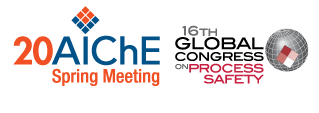

Short residues are usually converted using thermal processes such as thermal cracking and delayed coking. Nonetheless, all products need to be further processed to achieve transportation fuel quality products, adding to the cost of the resid upgrading schemes.
ROSE is the market leading Solvent deasphalting (SDA) technology that can be relatively easily integrated with FCC and/or hydrocracking (mild-to-high pressure, fixed bed as well as ebullated bed hydrocracking) and has been commercially proven and relied upon to meet the need for higher yields of transportation fuels while improving the quality to meet new gasoline and diesel specifications at comparable operating costs and complexity of operations. Combining high-lift ROSE with high conversion hydrocracking and an integrated solidification system would mean a significant reduction in fuel oil exposure and result in higher overall margin than other resid upgrading options described above.
We will present schemes using combinations of solvent deasphalting, hydrocracking and solidification processes. In our presentation we will discuss economic and operating benefits of other bottom-of-the barrel schemes and commercial examples (i.e. debottleneck VDU and/or synergize with cokers), where applicable.
Presenter(s)
Language
Pricing
Individuals
| AIChE Member Credits | 0.5 |
| AIChE Pro Members | $19.00 |
| Fuels and Petrochemicals Division Members | Free |
| AIChE Graduate Student Members | Free |
| AIChE Undergraduate Student Members | Free |
| AIChE Explorer Members | $29.00 |
| Non-Members | $29.00 |
